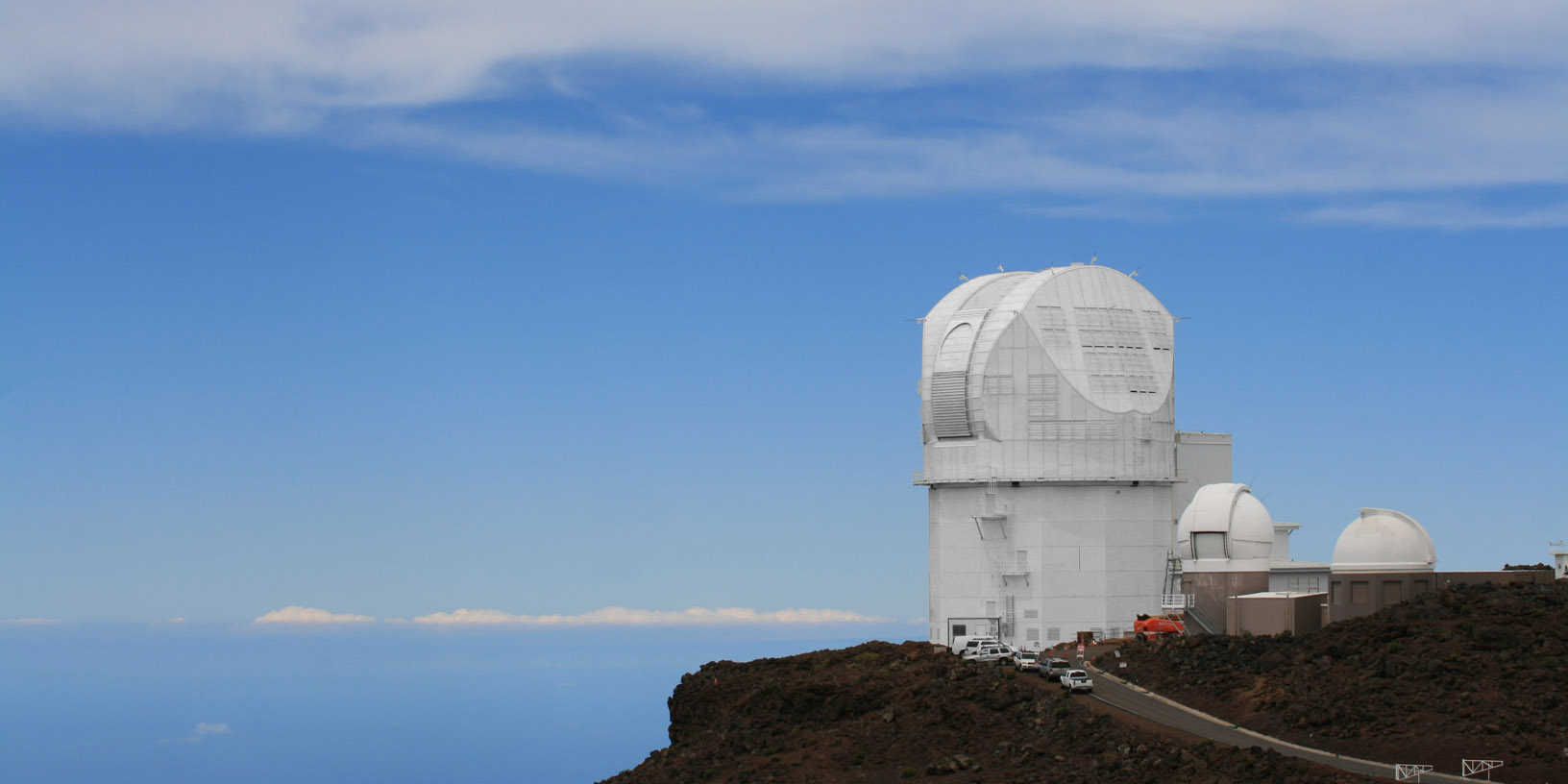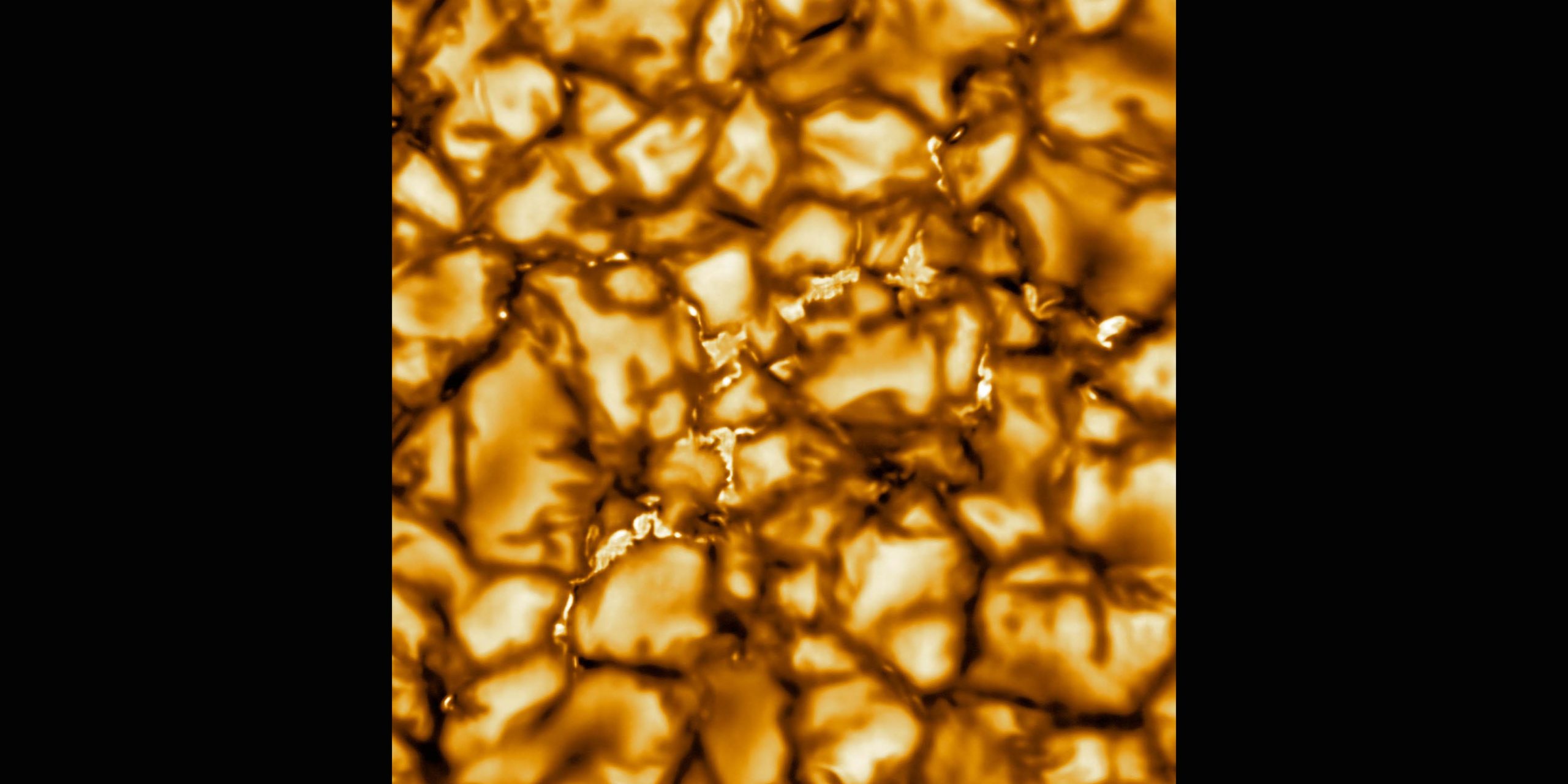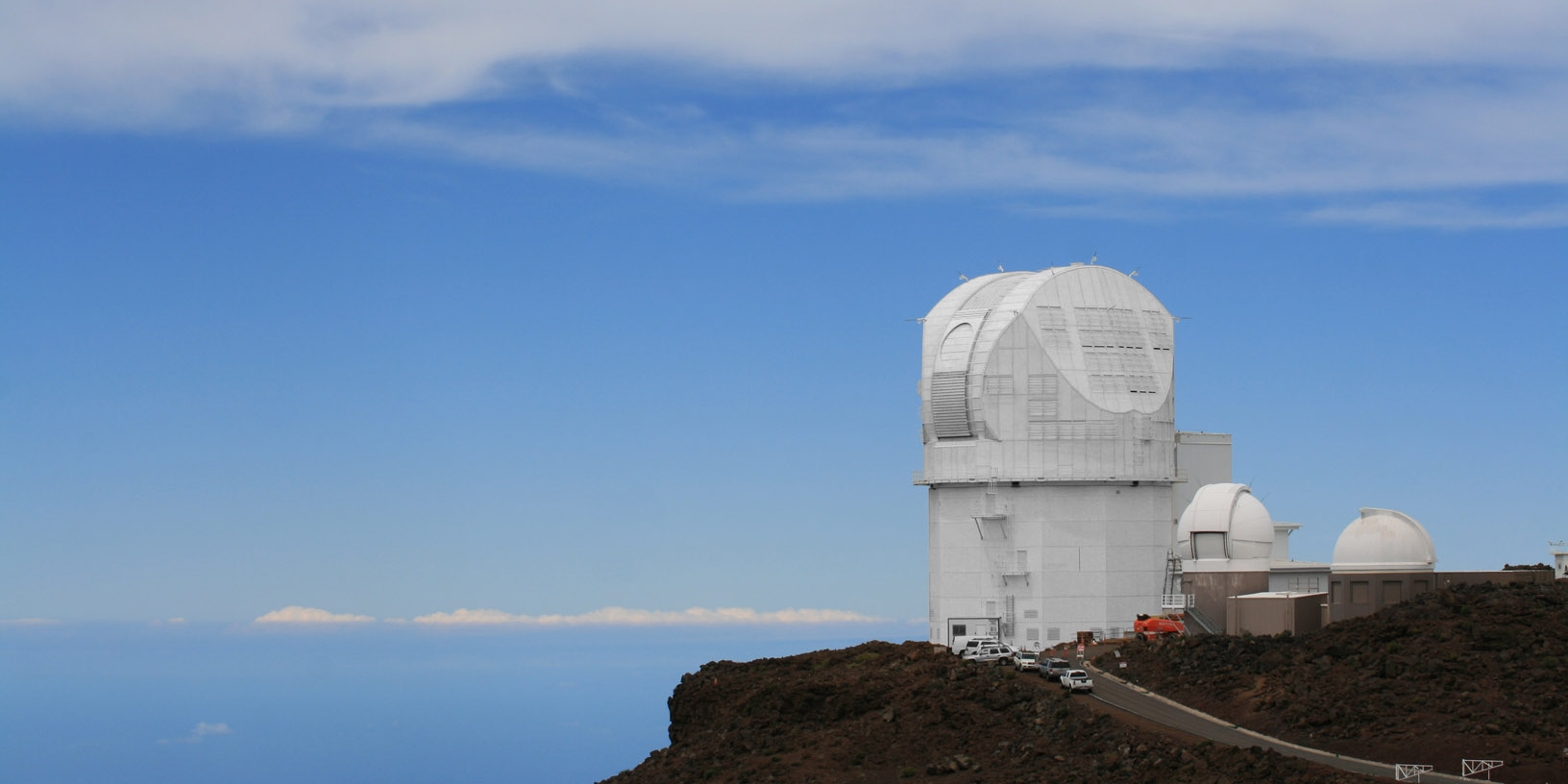Daniel K. Inouye Solar Telescope: unprecedented high resolution sun first image
On January 29th, it was published the first image of the sun’s surface captured by the Daniel K. Inouye Solar Telescope (DKIST), located in the Haleakala Observatory in Hawai’i. This first image not only marks an important milestone in the construction of the world’s largest solar telescope – a 4m class domed telescope-, but also it represents one of the most exciting landmarks for the scientific community since it is the highest resolution solar surface image ever obtained. The imagen, that covers an area 36,500kmx26,500km (or 51X51 arc-sec), gives a revealing insight of the valuable information that might be collected in the decades to come by the DKIST telescope on the sun activity and its influence in our planet.
More specifically, researchers will be able to study the underlying physics of the sun’s activity and, in particular, of the sun’s corona, the outermost solar layer. This outer layer undergoes magnetic eruptions that, as part of the interactions of the so-called space weather, might potentially cause faults on electronic devices and communications networks in our planet. The greater resolution offered by the DKIST telescope will allow performing more detailed measurement and characterization of the sun’s activity. As a result, the research to be performed with the DKIST will help to broaden the understanding of the physical phenomena that occurs in the sun, as well as it will help to provide early solar storm forecasts and, consequently, to prevent their impacts on our planet.
The DKIST telescope is expected to be fully operational by July 2020, after the final commissioning phase.
IDOM was responsible for the design and construction of the DKIST Telescope Dome, a large structural-mechanical system that is one of the observatory’s key subsystems. While it performs many functions in common with other observatory enclosures, the DKIST Enclosure is unique in that it positions the optical system’s first aperture stop and tracks the sun’s motion with millimetre-level accuracy. The azimuth and altitude systems of the dome are driven by specially designed mechanisms aimed to ensure the required accuracy for observations. In particular, the altitude motion is accomplished by utilizing an innovative solution for driving large moveable structures, the so-called crawler mechanisms designed and patented by IDOM
IDOM, who was also in charge of the design of the dome of the ELT-Extremely Large Telescope, is currently developing the prefocal stations for the ELT.


February 7, 2020
PHOTO / IMAGE
Credit: NSO/AURA/NSF - The Daniel K. Inouye Solar Telescope has produced the highest resolution image of the Sun's surface ever taken. In this picture taken at 789nm, we can see features as small as 30km (18 miles) in size for the first time ever. The image shows a pattern of turbulent, “boiling” gas that covers the entire sun. The cell-like structures – each about the size of Texas – are the signature of violent motions that transport heat from the inside of the sun to its surface. Hot solar material (plasma) rises in the bright centers of “cells,” cools off and then sinks below the surface in dark lanes in a process known as convection. In these dark lanes we can also see the tiny, bright markers of magnetic fields. Never before seen to this clarity, these bright specks are thought to channel energy up into the outer layers of the solar atmosphere called the corona. These bright spots may be at the core of why the solar corona is more than a million degrees! The high full resolution image covers an area 36,500 x 36,500 km (22,600 x 22,600 miles, 51 x 51 arcseconds). This first light zoom image covers an area 8,200 x 8,200 km (5,000 x 5,000 miles, 11 x 11 arcseconds).








